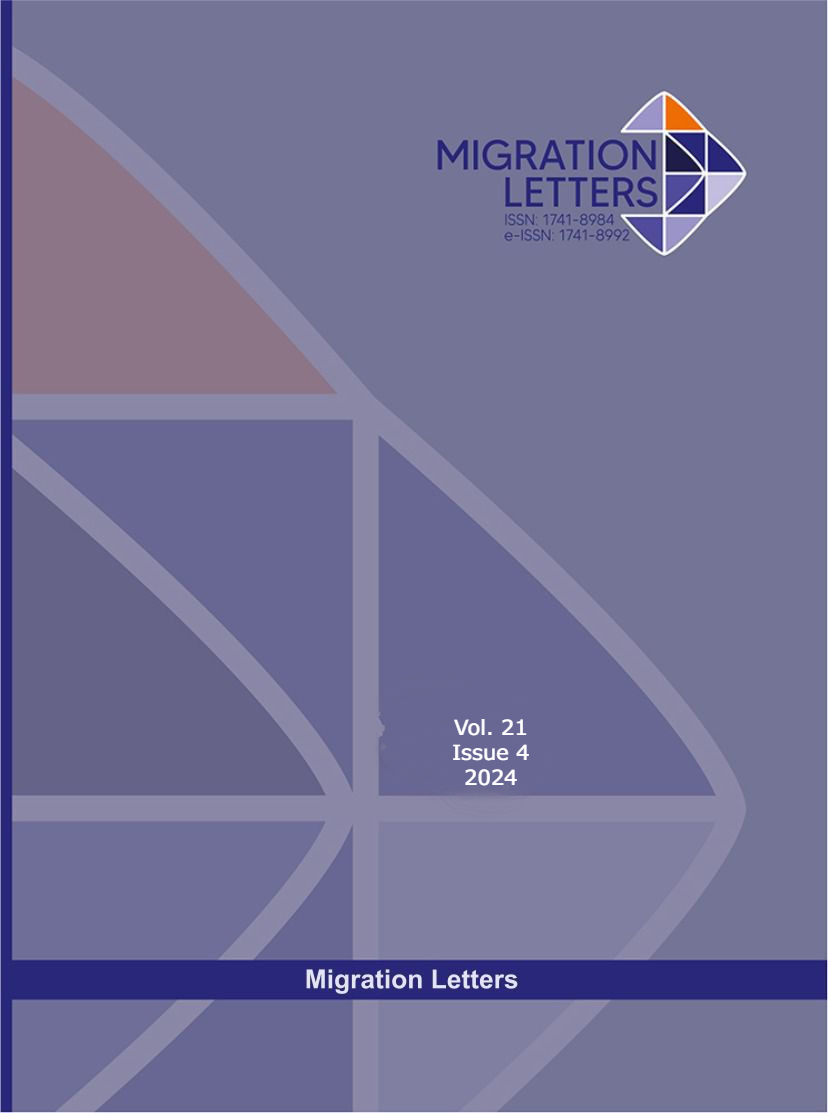Stability Analysis and Numerical Simulation of the Transmission Dynamics of Covid-19 Infection
Abstract
COVID-19 is an infectious disease caused by a new type of coronavirus, the model of transmission of which is currently from human to human. Many cities around the world have enacted follow-up policies, among others, to control the spread of COVID-19. The aim of this paper is to construct a dynamical model and carry out an analytical analysis of the stability of the dynamic behavior of coronavirus disease transmission. The form of the model is a non-linear system of differential equations with five state variables: susceptible individuals, exposed individuals, patients under surveillance in quarantine, infected individuals, and recovered individuals. Further, we discussed sensitivity Analysis of Parameters. Furthermore, the Routh–Hurwitz method is used to investigate the stability of the non-endemic equilibrium, and manifold center theory is used to analyze the stability of the endemic equilibrium. Finally, numerical simulation is demonstrated, in order to verify the proposed mathematical model and estimate the epidemic threshold parameters based on approximating the infection process. The infection parameters model was obtained by fitting the COVID-19 model to data from Indonesia.
Metrics
Downloads
Published
How to Cite
Issue
Section
License

This work is licensed under a Creative Commons Attribution-NonCommercial-NoDerivatives 4.0 International License.
CC Attribution-NonCommercial-NoDerivatives 4.0






